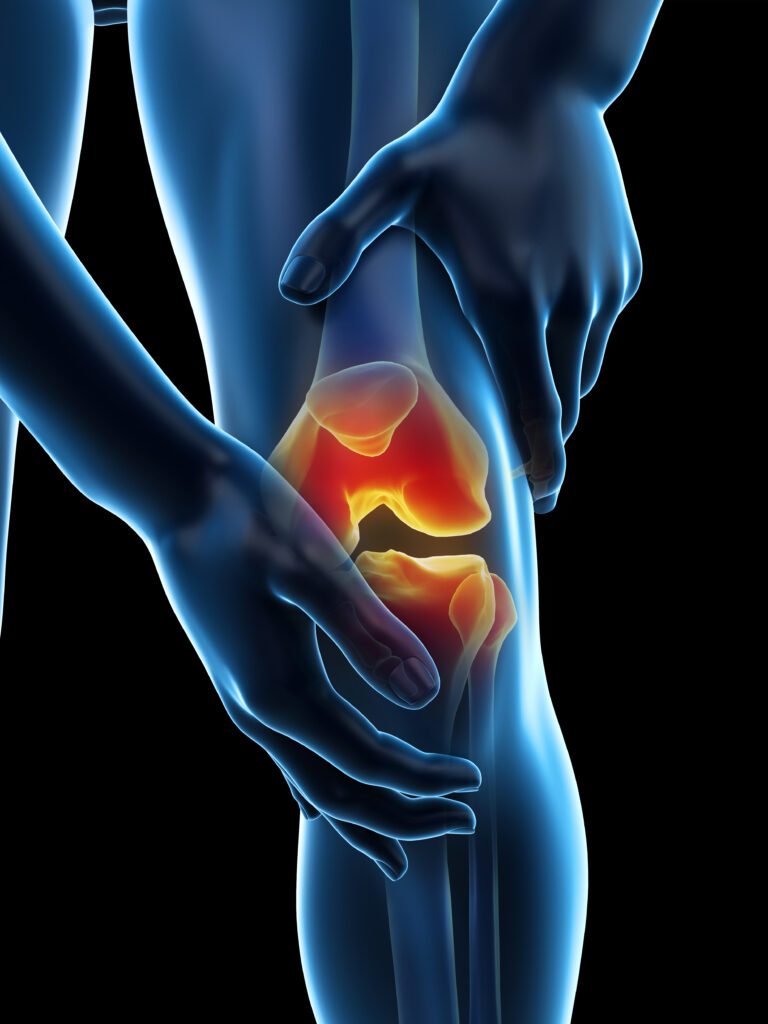How can physical therapy help treat knee pain?
Physical therapy can be an excellent option for treating knee pain, especially if the pain is due to an acute musculoskeletal issue, such as a ligament or muscle strain, or an underlying chronic medical condition, such as osteoarthritis. Physical therapy can help to reduce pain, improve strength and flexibility, and restore function to the knee joints. Physical therapy can also help individuals learn proper exercises and stretching techniques to reduce the stress on the knee joint during activities of daily living and sports activities. Additionally, physical therapy can help individuals avoid the need for surgery or reduce the need for pain medication.
What conditions benefit from joint mobilization treatment?
Physical therapy is an effective and natural way to treat the symptoms of knee pain; however, understanding the underlying causes of the knee pain, the severity of the pain, and individual factors such as age and overall health is essential to developing a physical therapy treatment plan that works for you.
What are some of the most common causes of knee pain?
- Osteoarthritis: This is a type of arthritis that results from the breakdown of cartilage in the knee joint. It’s most common in older adults and can cause pain, stiffness, decreased range of motion, and swelling.
- Injuries: Knee injuries can result from a sudden impact, such as a fall or a sports injury. Common knee injuries include ligament sprains or tears, meniscus tears, and fractures.
- Overuse: Exposing your knees to repetitive activities, such as running, jumping, or sports, can put stress on the knee joint and lead to overuse injuries, such as patellar tendinitis or iliotibial band syndrome.
- Bursitis: Bursae are tiny sacs of fluid that cushion the knee joint. When these become inflamed, they can cause pain and swelling.
- Rheumatoid arthritis: This is an autoimmune disease that can affect the knee joint, causing pain, stiffness, and swelling.
- Gout: Gout is a type of arthritis that results from the buildup of uric acid crystals in the joints, including the knee.

What do physical therapists do to help reduce knee pain?
A physical therapist can develop a customized treatment plan depending on your medical history and the severity of your knee pain. Your customized knee pain treatment plan may include exercises to strengthen the muscles that support the knee joint, range of motion exercises, and manual therapy techniques to reduce pain and improve mobility.
Physical therapy can be very effective in helping to relieve knee pain.
Here are some ways that physical therapy can help:
- Strengthening exercises: Physical therapy can help to strengthen the muscles that support the knee joint, including the quadriceps, hamstrings, and glutes. Stronger muscles can help take some of the pressure off the knee joint, reducing pain.
- Range of motion exercises: Physical therapy can help improve the knee joint’s range of motion and reduce pain.
- Manual therapy: Physical therapists can use hands-on techniques, such as massage or joint mobilization, to help reduce pain and improve mobility in the knee joint.
- Education: Physical therapists can provide instruction on proper at-home knee exercises and stretching techniques to help reduce stress on the knee joint.
Overall, physical therapy can be a valuable tool in treating knee pain. These all-natural knee pain treatments can help reduce pain and improve function, allowing individuals to return to a regular daily routine with less discomfort.
